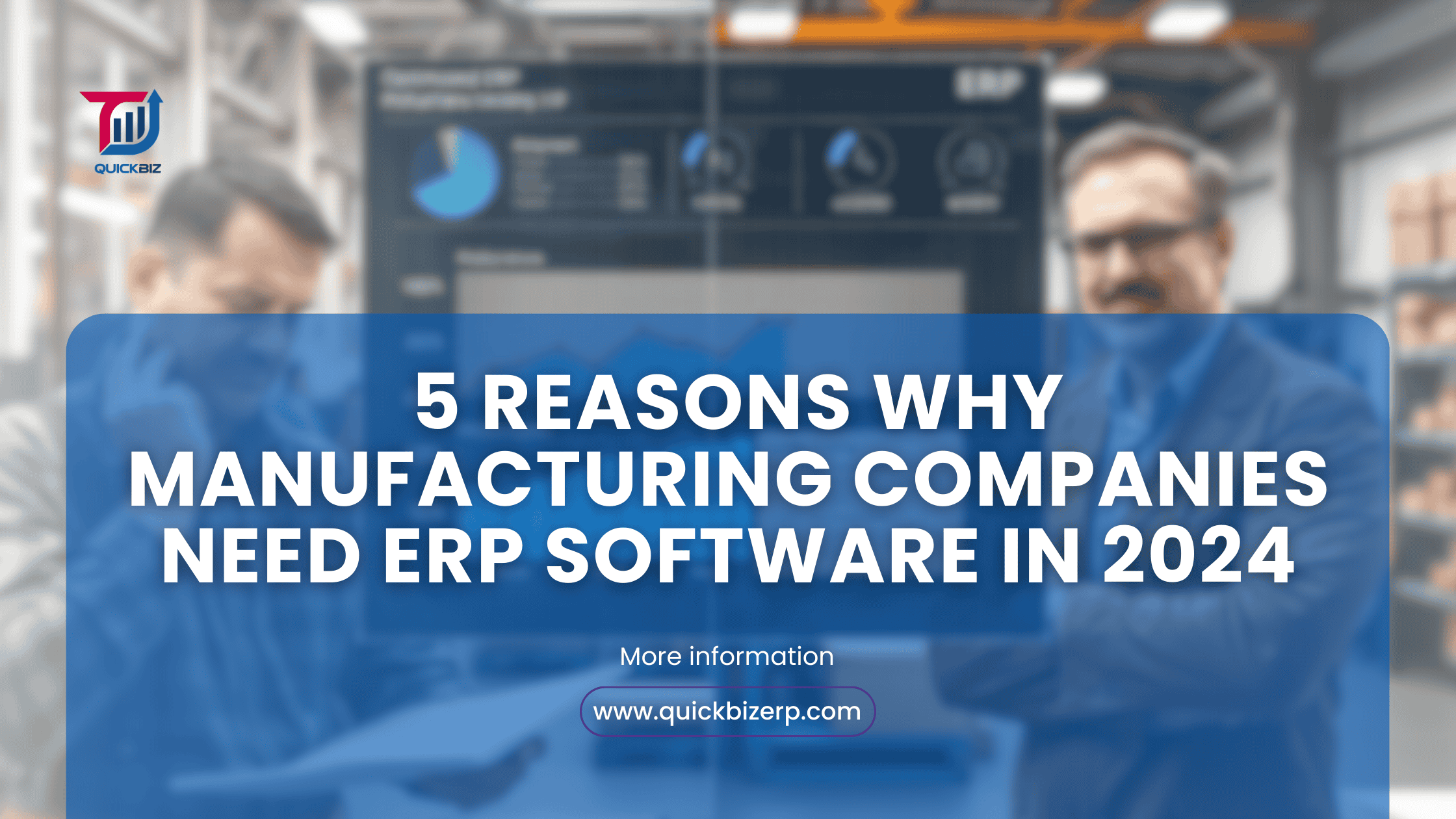How to Improve Production Efficiency with ERP for Manufacturers

Introduction
In today’s competitive manufacturing landscape, efficiency is the key to profitability. However, manufacturers often struggle with production bottlenecks, supply chain disruptions, and inefficient scheduling—leading to wasted time, higher costs, and reduced output.
An Enterprise Resource Planning (ERP) system helps manufacturers overcome these challenges by automating processes, improving visibility, and optimizing resource allocation. Let’s explore how ERP can enhance production efficiency and drive business growth.
Understanding Production Efficiency in Manufacturing
What is Production Efficiency?
Production efficiency refers to the ability to produce goods using the least amount of resources while maintaining high quality. It is influenced by factors such as:
- Process optimization
- Resource utilization
- Inventory management
- Production scheduling
The Cost of Poor Efficiency
Inefficiencies in production lead to:
- Increased production costs
- Excess waste and material loss
- Delays in order fulfillment
- Lower profitability
Technology, particularly ERP systems, plays a crucial role in addressing these issues and streamlining operations.
How ERP Enhances Production Efficiency
1. Optimized Production Planning & Scheduling
ERP provides real-time production scheduling that adjusts based on demand, machine availability, and workforce capacity. By automating job assignments, manufacturers can minimize downtime and maximize throughput.
2. Improved Inventory & Supply Chain Management
Managing raw materials effectively is crucial for smooth production. ERP enables:
- Real-time inventory tracking to prevent shortages or excess stock.
- Automated procurement management to ensure timely raw material availability.
3. Enhanced Bill of Materials (BOM) Management
ERP helps manufacturers manage complex BOM structures, ensuring:
- Accurate tracking of materials and components.
- Version control to prevent errors and rework.
4. Reduced Waste & Better Resource Utilization
By integrating lean manufacturing principles, ERP:
- Identifies inefficiencies and minimizes material waste.
- Optimizes machine and labor utilization for cost reduction.
5. Data-Driven Decision-Making & Performance Tracking
ERP provides real-time reports and analytics on key production KPIs, enabling manufacturers to:
- Identify bottlenecks and inefficiencies.
- Use predictive analytics to anticipate and prevent potential issues.
Key ERP Features That Drive Production Efficiency
A robust ERP system includes:
- Automated workflows to eliminate manual tasks.
- IoT integration for real-time machine performance monitoring.
- Custom dashboardsstrong> for tracking production efficiency and overall equipment effectiveness (OEE).
How to Implement ERP for Maximum Efficiency
1. Choose the Right ERP for Manufacturing
Select an industry-specific ERP with features tailored for production planning, inventory control, and workflow automation.
2. Ensure Smooth Integration
ERP should seamlessly integrate with existing software and machinery for a unified workflow.
3. Invest in Employee Training
Proper training ensures quick adoption and maximized ERP benefits, preventing resistance and inefficiencies. Explore common ERP implementation mistakes to avoid pitfalls.
Conclusion
Implementing an ERP system is one of the most effective ways to streamline production, reduce waste, and improve efficiency in manufacturing. By leveraging automation, real-time insights, and optimized workflows, manufacturers can stay competitive and scale their operations effectively.

